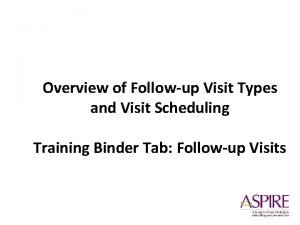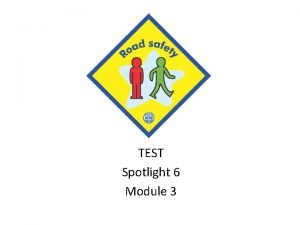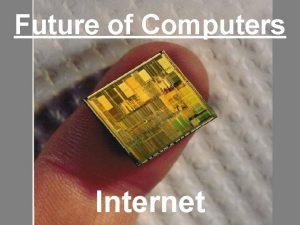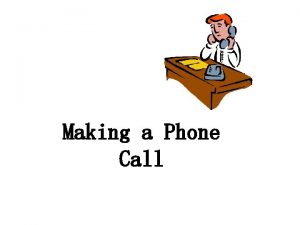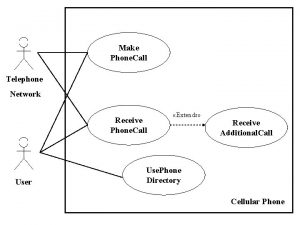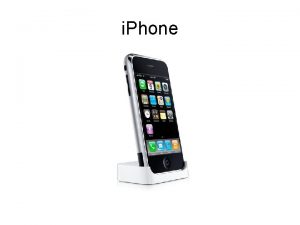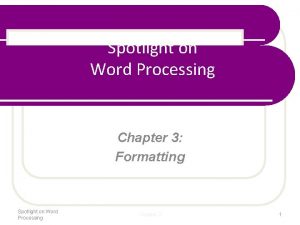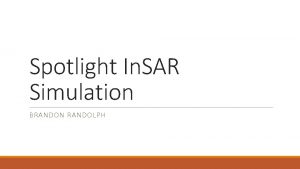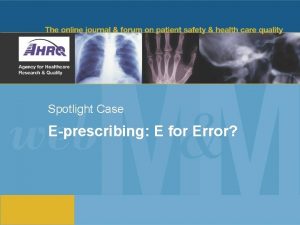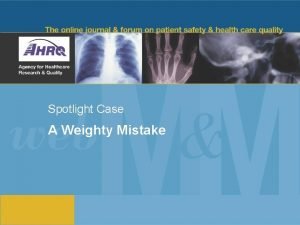Spotlight Case Postdischarge FollowUp Phone Call Source and





















- Slides: 21

Spotlight Case Postdischarge Follow-Up Phone Call

Source and Credits • This presentation is based on the March 2012 AHRQ Web. M&M Spotlight Case – See the full article at http: //webmm. ahrq. gov – CME credit is available • Commentary by: Michelle Mourad, MD, and Stephanie Rennke, MD; Division of Hospital Medicine, University of California, San Francisco – Editor, AHRQ Web. M&M: Robert Wachter, MD – Spotlight Editor: Bradley A. Sharpe, MD – Managing Editor: Erin Hartman, MS 2

Objectives • • 3 At the conclusion of this educational activity, participants should be able to: Understand why preventing readmissions through postdischarge phone calls is important Describe the evidence supporting postdischarge phone calls List important steps in implementing a postdischarge phone call program List common pitfalls when establishing a postdischarge phone call program

Case: Postdischarge Phone Call (1) A 63 -year-old woman with a history of COPD presented with several days of a productive cough, shortness of breath, and fever. Diagnosed with community-acquired pneumonia and admitted to the hospital, she was treated with ceftriaxone and doxycycline, intravenous fluids, and supportive care. The patient improved rapidly over 48 hours and was discharged home (she lived with her daughter and grandson) with a prescription for doxycycline (an oral antibiotic) to complete a 7 -day course and guaifenesin for a persistent cough. 4

Case: Postdischarge Phone Call (2) Over a few days following discharge, the patient’s cough worsened and shortness of breath returned, despite the antibiotics. She called her primary physician to schedule an urgent appointment, but he was away and no appointments were available. She vaguely remembered being given a number at the hospital to call if she had any issues at home, but she could not find it in the stack of papers she received at discharge. As her symptoms worsened, she contemplated returning to the emergency department. 5

Case: Postdischarge Phone Call (3) That afternoon she received a call from the hospital. (All patients discharged from medicine service at this hospital are called by a nurse within 3 days. ) The nurse learned about the worsening symptoms and contacted the discharging team. Concerned that the patient’s pneumonia was returning and she was failing the doxycycline treatment, the team contacted her local pharmacy and prescribed levofloxacin (a broader spectrum antibiotic). The patient’s daughter was able to get the prescription the same day and the patient began taking the levofloxacin. 6

Case: Postdischarge Phone Call (4) The nurse who had called previously called again 2 days later to check on the patient. With the change in antibiotics, the patient felt much better. She did not need to return to the hospital and was able to see her primary care doctor 2 weeks later. The discharging team was convinced that the follow-up phone call from the nurse had definitely prevented a return visit to the ED and potentially a readmission to the hospital. 7

Background: Transitions in Care • The period following hospitalization remains a particularly vulnerable time for patients • Multiple studies have shown that adverse events occur in approximately 1 in 5 patients • Readmission is common—nearly 20% of hospitalized older Medicare patients will be readmitted within 30 days 8 See Notes for references.

Discharge Transition (1) • Hospital-based transitional care interventions aim to smooth the transition from inpatient to outpatient setting and (potentially) prevent unplanned readmissions 9

Discharge Transition (2) • Multiple strategies have been employed to avoid preventable adverse events after discharge and prevent rehospitalizations: – – – 10 Patient engagement in discharge planning Transition “coach” Communication with outpatient providers Timely follow-up appointments Home visits Postdischarge phone calls (as in this case) See Notes for references.

Discharge and Readmissions • Preventing readmissions is a growing area of focus • The new health care law has provisions focused on readmissions, including eventual financial penalties for hospitals with high readmission rates • Readmission rates are publicly reported through Medicare • Readmissions can negatively affect the patient, the family, and the health care system 11 See Notes for references.

Postdischarge Phone Call in this Case • A nurse-initiated phone call using a focused script elicited the patient’s new symptoms • The nurse was able to reach the discharging team and with prompt action, likely a visit to the ED and a readmission were prevented 12

Postdischarge Phone Calls • Phone calls like this can identify key issues at discharge including: – Problems understanding discharge instructions – Obtaining outpatient appointments – Problems filling prescriptions – Other issues with medication management – New or worsening symptoms 13 See Notes for references.

Postdischarge Follow-Up Phone Call Algorithm Contact clinical pharmacist Questions regarding medications or prescriptions Nurse Initiated Follow-up Call Questions regarding follow up appointments, discharge instructions, or pending test results Questions regarding aftercare plan/ home services Questions regarding symptoms Confirm prescription pick up Refer to electronic discharge summary Contact scheduler or hospitalist attending of the day Case manager / social worker documentation Contact case manager / social worker if necessary Emergency: call 911 Urgent: refer to urgent care or PCP Non-urgent: contact PCP and hospitalist attending of the day 14

Research on Postdischarge Phone Calls (1) • Studied as part of multi-modal interventions or as a standalone • Studies of phone calls as separate interventions are of poor methodological quality • Results have been mixed about the benefits of postdischarge phone calls 15 See Notes for references.

Research on Postdischarge Phone Calls (2) • Calls may reduce readmissions in patients with CHF or reduce ED visits in other patient populations • While the supporting evidence is not robust, there are multiple possible benefits for these calls. Because of this, they are generally recommended to help in the transition from hospital to home 16 See Notes for references.

Implementing a Postdischarge Call Program • Identify appropriate provider to make the calls • Create resource network for person making calls to facilitate care • Provide call-back number for patients if leaving a message • Develop standard script and formatted questions • Ensure provider making calls has access to electronic medical record and discharge summary • Track call outcomes to help provide feedback to inpatient and outpatient providers 17

Pitfalls in Postdischarge Calls • A calling provider who lacks adequate training or support may actually increase visits to the emergency department, potentially increasing readmissions • Continuity of care may suffer if primary physician is not contacted regarding postdischarge issues 18

Necessary Resources • Institutions need to consider the volume of patients and the estimated time per call – Studies show most calls take 10 -20 minutes each – Calls may take more time if interventions are needed • Institutions may choose to focus on high-risk patients – Elderly, certain diagnoses, high-risk medications 19

Take-Home Points (1) • Transitional care interventions, such as postdischarge phone calls, can reduce adverse events and readmissions after discharge, which are costly to both patients and hospitals • Little solid evidence exists linking follow-up phone calls (as an isolated intervention) to reduced readmissions, but postdischarge phone calls have been a part of nearly every successful multimodal transitions program 20

Take-Home Points (2) • An effective follow-up phone call program employs providers who can recognize postdischarge issues and utilizes a network of providers to intervene on behalf of the patient • A formal script to elicit questions/concerns, a method to document communication in the medical record, and a connection with primary care providers can improve success of the calls 21
 Followup edge
Followup edge Followup:actionitems
Followup:actionitems Follow-up visits
Follow-up visits Self serving bias definition psychology
Self serving bias definition psychology 5-3 perpendicular and angle bisectors
5-3 perpendicular and angle bisectors Spotlight computer graphics
Spotlight computer graphics Spotlight 6 module 3 test
Spotlight 6 module 3 test Test module 1 spotlight 10
Test module 1 spotlight 10 Road safety spotlight 6
Road safety spotlight 6 Give a spotlight
Give a spotlight Abs spotlight
Abs spotlight Spotlight 3 school again
Spotlight 3 school again Readworks paired texts
Readworks paired texts Metcalfe's law
Metcalfe's law Hydringes
Hydringes Best worst and average case
Best worst and average case Make a phone call sentence
Make a phone call sentence Look preposition
Look preposition Call analysis software
Call analysis software Direct speech success criteria
Direct speech success criteria Conversation about booking a hotel room
Conversation about booking a hotel room Call my phone
Call my phone


